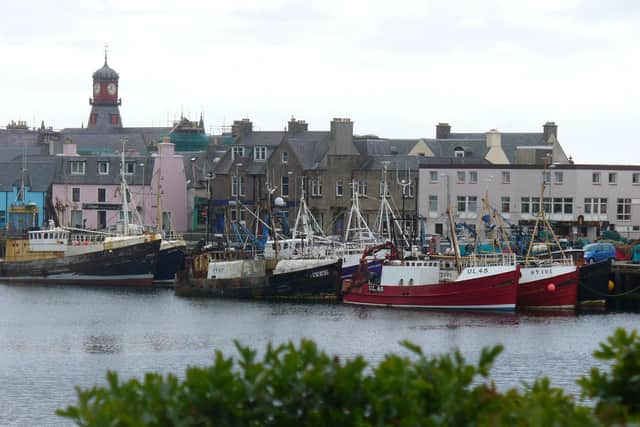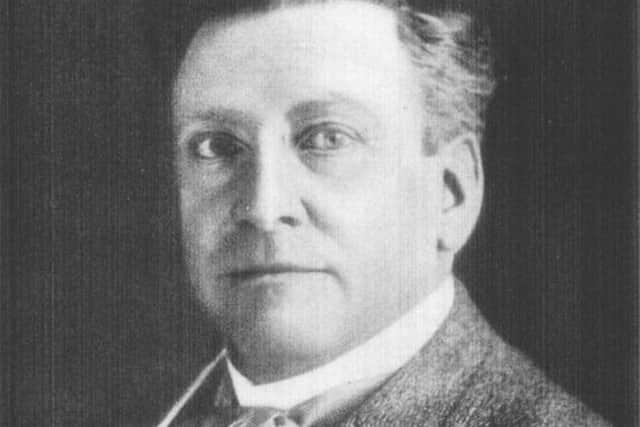Lewis anniversary: 100 years since the 'Soapman' gifted a Scottish island a town
The legacy of Lord Leverhulme, the founder of Unilver who became known as the Soapman, is long remembered in Lewis where he gifted the town of Stornoway to its residents 100 years ago this month.
It was the first time an urban population in Scotland took control of its community assets. The centenary is being marked by Community Land Scotland in a series of ceilidhs, concerts and guided tours in the towns and villages which have followed Stornoway’s lead.
Advertisement
Hide AdAdvertisement
Hide Ad

Community Land Scotland development manager Linsay Chalmers said: “There is a lot of excitement this year. The Stornoway buy-out, 100 years ago, was the first of its kind and one of the biggest in terms of population.”
Lord Leverhulme, whose home Lews Castle was part of the gift, handed over 64,000 acres, now managed by the Stornoway Trust, after his pans to revolutionise the lives and standard of living of 30,000 residents in Lewis met resistance.
His schemes were initially popular. Leverhulme, from Bolton, spent the equivalent of roughly £76 million at today’s values on projects largely linked to the fishing industry, which he believed would transform the fortunes of the island and neighbouring Harris. New houses were built and bowling greens appeared.


Crucially, he believed the centuries old crofting system had to be dismantled, with his plan to turn crofts around Stornoway into farms capable of feeding the growing industrial town triggering mass hostility.
Servicemen returning from the First World War, who had been promised land on return, led the fightback back against the millionaire, who is remembered as someone who wanted fundamental change too fast and too deep and without any true understanding of island life and its people.
Following the gift of Stornoway, he offered up his remaining sporting and crofting estates, but the offer was declined given expenditure exceeded their income.
In a speech in September 1923, he said he “was not attracted to Lewis by any love of sport such as fishing, shooting or deer stalking, but entirely by the possibilities I thought I recognised here, in Lewis, of doing something in a small way, within the limits of my capacity for the permanent benefit of the fine people living on the Island of Lewis”.
One hundred years on from Leverhulme, almost half a million acres of Scotland’s land is now under community control.
Advertisement
Hide AdAdvertisement
Hide AdThe Western Isles remains a heartland of community ownership, with three-quarters of the land area owned by the local residents. The Stornoway Trust, North Harris, Galson and Storas Uibhist are among the community-ownership pioneers.
Finlay MacLennan, development officer at Community Land Outer Hebrides, said: ‘We have much to celebrate this year. The large proportion of our land area is now owned and controlled by people who live on that land, and we see multiple benefits from that in a wide range of community projects and jobs and housing.
"We don’t have rose-tinted glasses and there are challenges for buy-out estates as there are challenges in every organisation that brings change. But community buy-outs are much more democratic. The local people – the people that care most about the community – make the decisions.”